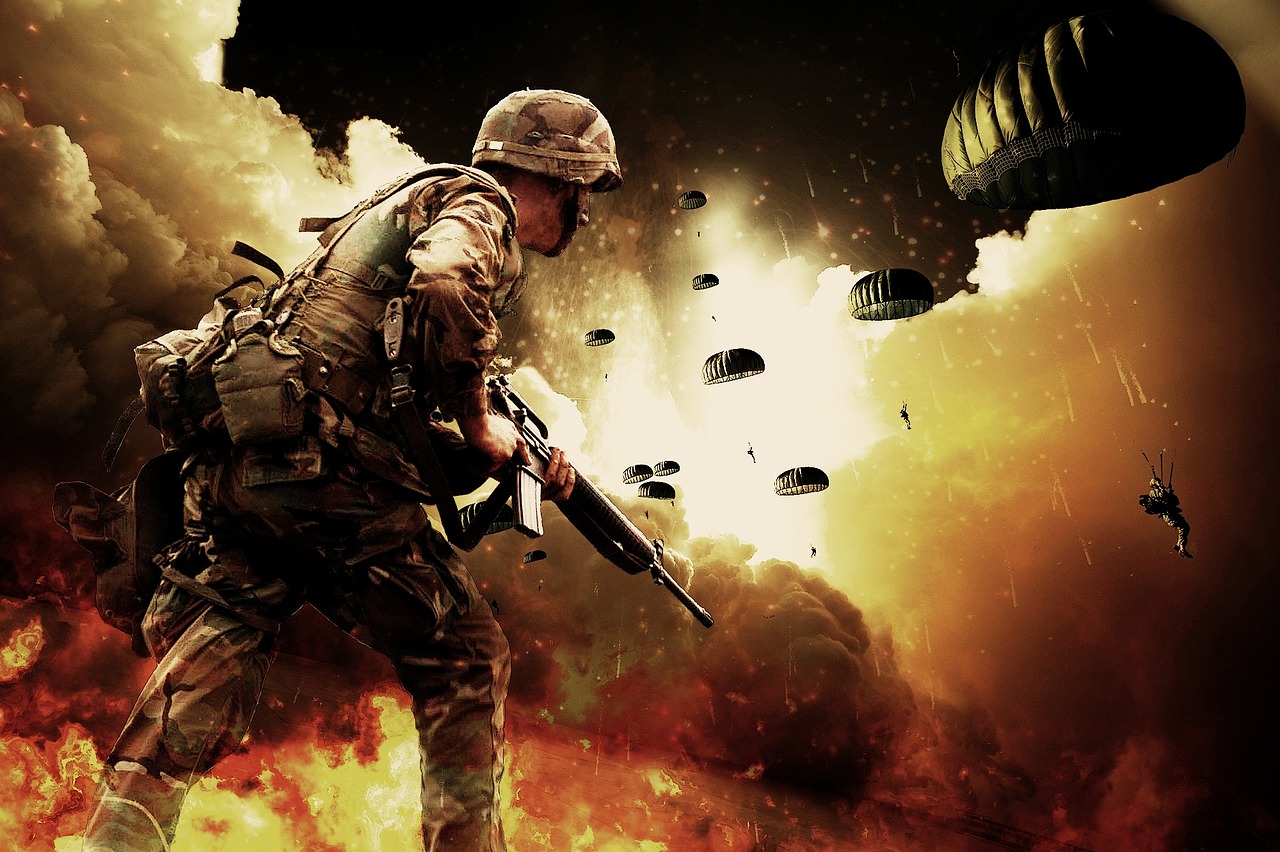
Blog
CONFLICT RISK BETWEEN THE USA AND RUSSIA

Overview
A direct war between the United States and Russia—two nuclear-armed superpowers—is unlikely, but not impossible. While current tensions are severe, several stabilizing forces act as deterrents to a global conflict. Below is an in-depth analysis of the risk landscape as of 2025.
Key Flashpoints Between the US and Russia
Ukraine War
Russia’s invasion of Ukraine remains a major geopolitical fault line. The US continues to support Ukraine with weapons, intelligence, and funding, but deliberately avoids direct combat with Russian forces. A Russian attack on NATO territory however, could activate Article 5 and provoke a direct US response.
Nuclear Posturing
Russia has often issued nuclear threats during battlefield setbacks. The US maintains a policy of strategic ambiguity, balancing deterrence and restraint. Both nations possess second-strike capabilities, making nuclear first use extremely risky.
Arms Control Breakdown
Arms treaties like New START are expiring or have lost momentum. The erosion of formal arms control frameworks increases the risk of miscalculation. Nonetheless, crisis communication channels (e.g., hotlines) remain active.
Cyber Warfare and Espionage
Russian-linked cyberattacks have targeted US infrastructure and political systems. The US typically responds with sanctions and defensive cyber operations. These interactions remain below the threshold of armed conflict.
Reasons War Is Still Unlikely
Mutual Assured Destruction (MAD). Perhaps the biggest restraint remains that both sides recognize that nuclear conflict would have no winners. In addition, a lack of territorial disputes means the US and Russia do not have direct territorial conflicts. Continued diplomacy and economic and political concerns at home should discourage large-scale war.
However, the potential triggers for escalation remain. An accidental or unauthorized military action on the NATO-Russia border, a deliberate Russian strike on NATO infrastructure, and political instability in Russia leading to unpredictable military behaviour. One particular aspect of non-intentional escalation is an exercise being conducted by one side being interpreted as a prelude to an attack, which could then lead to a pre-emptive strike by the other side.
Conclusion
The risk of a direct US-Russia war is low, but not zero. The most likely scenario is that of ongoing proxy conflicts, cyber warfare, and diplomatic tension without direct military engagement. The situation demands close monitoring, and being prepared.
As ever……hope for the best, but plan for the worst.

